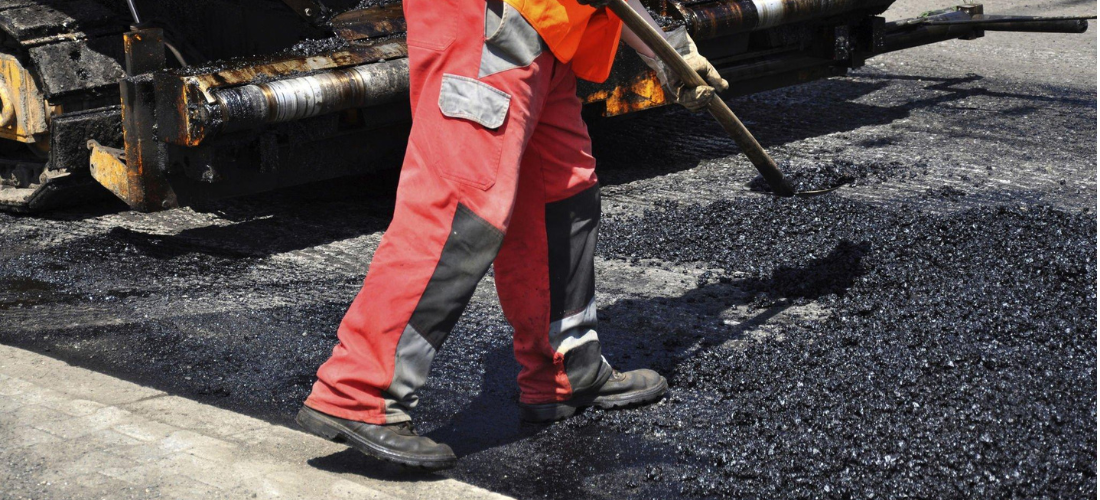Maintaining the integrity of road surfaces is vital for safe and efficient transportation. Over the years, traditional road maintenance methods have evolved, and slurry road surfacing has emerged as a prominent technique. This innovative approach offers numerous advantages in terms of cost-effectiveness, sustainability, and durability. In this blog, we will delve into the rise of slurry road surfacing, exploring its benefits, applications, and environmental impact, while highlighting how it has become a go-to solution for road preservation and improvement.
Understanding Slurry Road Surfacing: Slurry road surfacing is a pavement preservation method that involves applying a mixture of water, asphalt emulsion, aggregate, and additives to the road surface. This slurry mix creates a protective layer that seals and rejuvenates the existing road, enhancing its durability and skid resistance. Slurry surfacing is typically used on low-traffic roads, parking lots, residential streets, and bike paths. It provides an economical solution for extending the life of road surfaces while improving their appearance and performance.
Benefits of Slurry Road Surfacing:
- Cost-effectiveness: Slurry road surfacing is a cost-effective alternative to traditional resurfacing methods. It requires fewer materials and labor, making it more economical, especially for roads with moderate surface distress.
- Quick Application: Slurry surfacing can be applied rapidly, allowing for minimal disruption to traffic flow. The short curing time enables the road to be reopened to vehicles within hours.
- Surface Preservation: Slurry surfacing seals existing cracks, preventing water intrusion and protecting the road from further damage caused by oxidation, UV rays, and weathering.
- Skid Resistance: The application of slurry surfacing improves the road’s skid resistance, enhancing safety for both drivers and pedestrians, particularly in wet or slippery conditions.
- Aesthetics: Slurry surfacing provides a smooth, uniform, and visually appealing surface, revitalizing the appearance of worn-out roads and enhancing the overall aesthetics of the surrounding area.
Environmental Considerations: Slurry road surfacing offers several environmental benefits. It utilizes recyclable materials, such as recycled asphalt and aggregates, reducing the demand for virgin resources. The low energy consumption and minimal emissions during the manufacturing process make slurry surfacing a greener choice. Additionally, slurry surfacing helps reduce water runoff by sealing the road surface, preventing water pollution and promoting the natural filtration of rainwater.
Applications of Slurry Road Surfacing
Slurry road surfacing is suitable for a range of applications, including:
- Preventive Maintenance: Slurry surfacing is effective in extending the life of roads in fair to good condition, preventing minor issues from escalating into more significant problems.
- Surface Rehabilitation: It can restore worn-out road surfaces, filling minor cracks and providing a fresh and improved driving experience.
- Bicycle Paths and Walkways: Slurry surfacing enhances the safety and comfort of bicycle paths and walkways by creating a smooth and skid-resistant surface.
- Parking Lots: Slurry surfacing can revitalize parking lots, increasing their durability, aesthetics, and performance.
Slurry road surfacing has emerged as a game-changer in road maintenance and preservation. With its cost-effectiveness, quick application, surface preservation benefits, and positive environmental impact, slurry road surfacing has gained widespread recognition. As infrastructure managers and municipalities seek sustainable and budget-friendly solutions, slurry surfacing has proven to be a reliable choice. By embracing this innovative technique, we can extend the lifespan of our roads, enhance safety, and improve the overall quality of our transportation networks. Slurry road surfacing truly represents the future of road maintenance, paving the way for smoother and more sustainable journeys for all.

